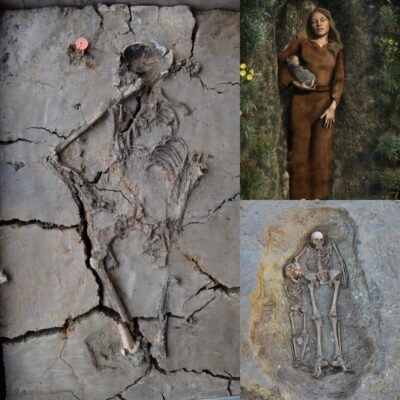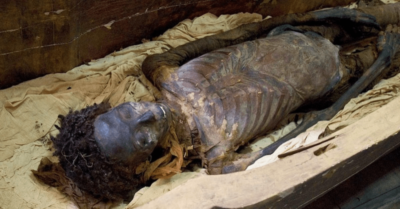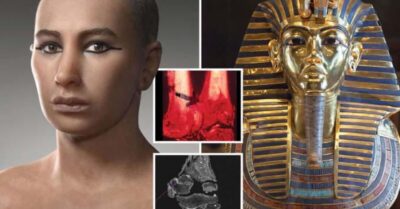In the heat of the Nubian Desert, a tale as old as time has been meticulously unearthed by the diligent archaeologists from the University of Jaén. Opposite the picturesque city of Aswan, the Qubbet el-Hawa necropolis, a beacon of ancient mysteries, has revealed a surprise that has sent ripples through the archaeological community: the mummified remains of ten crocodiles.
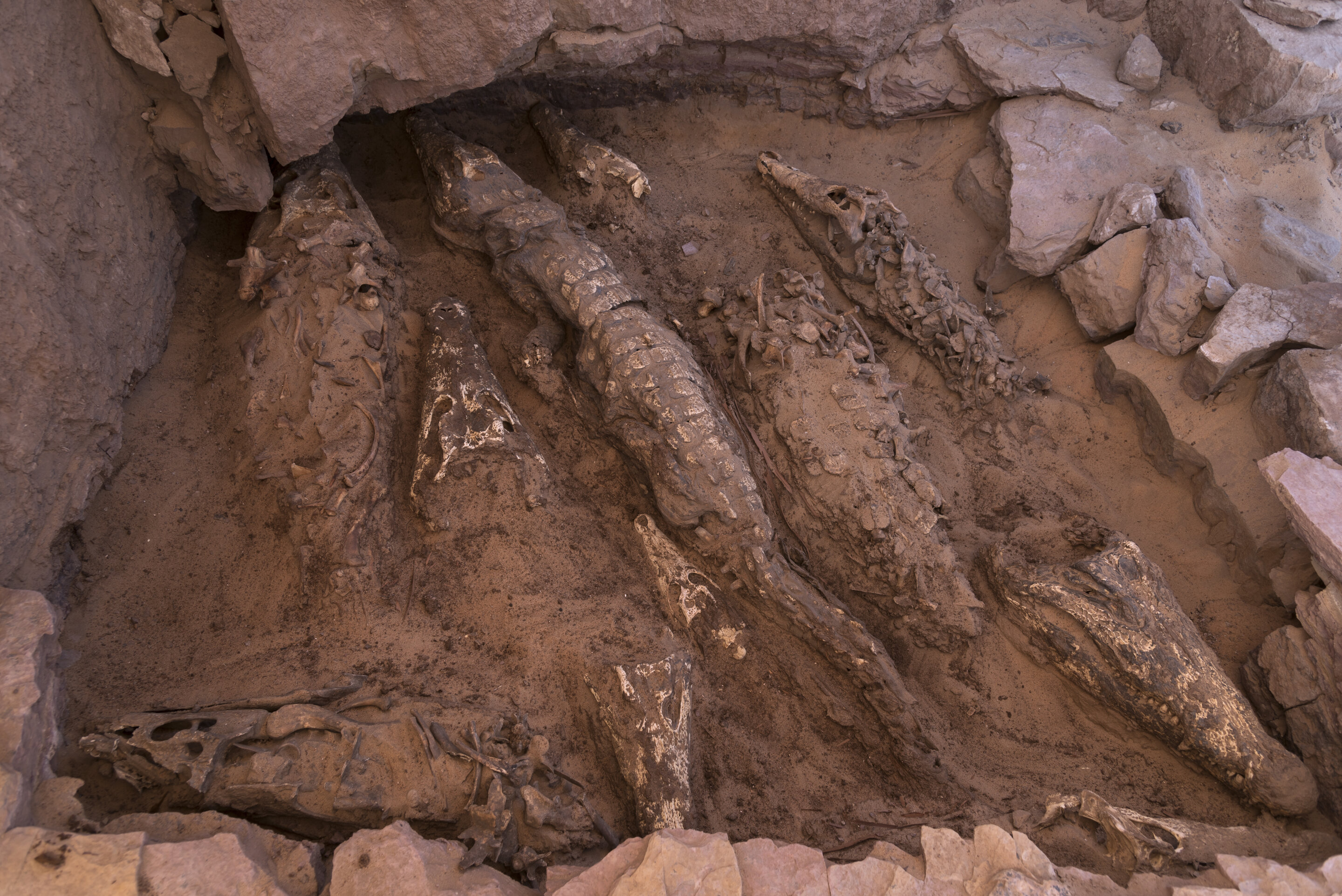
This discovery in 2019, within the confines of an undisturbed tomb, has unveiled more than just the remains; it has opened a window into the past. The find consists of five complete crocodile skeletons and an additional five skulls, each telling its own story of the crocodiles’ significance in ancient Egyptian culture.

A Sacred Guardian in Life and Death
Crocodiles were revered in ancient Egypt, symbolizing the might and power of the River Nile. The deity Sobek, often depicted as a man with a crocodile head, was worshipped as the lord of the waters, a protector and creator god. The discovery of these mummified crocodiles in Qubbet el-Hawa suggests that they were offerings or guardians for the tomb’s inhabitant, highlighting the creatures’ importance in Egyptian religious practices.
The Preservation of History
The condition of the tomb, undisturbed for millennia, has provided archaeologists with invaluable insights. The preservation of the crocodiles allows experts to explore the mummification techniques used and the rituals that accompanied such practices. These mummies serve as a testament to the Egyptians’ mastery over preserving life after death.
A Boost for Egyptology
The University of Jaén’s team, with their persistent excavations, has not only contributed to our understanding of ancient Egyptian funerary customs but also to the broader field of Egyptology. Each artifact, each bone, each carving uncovered helps to construct a fuller picture of the past, breathing life into the pages of history.
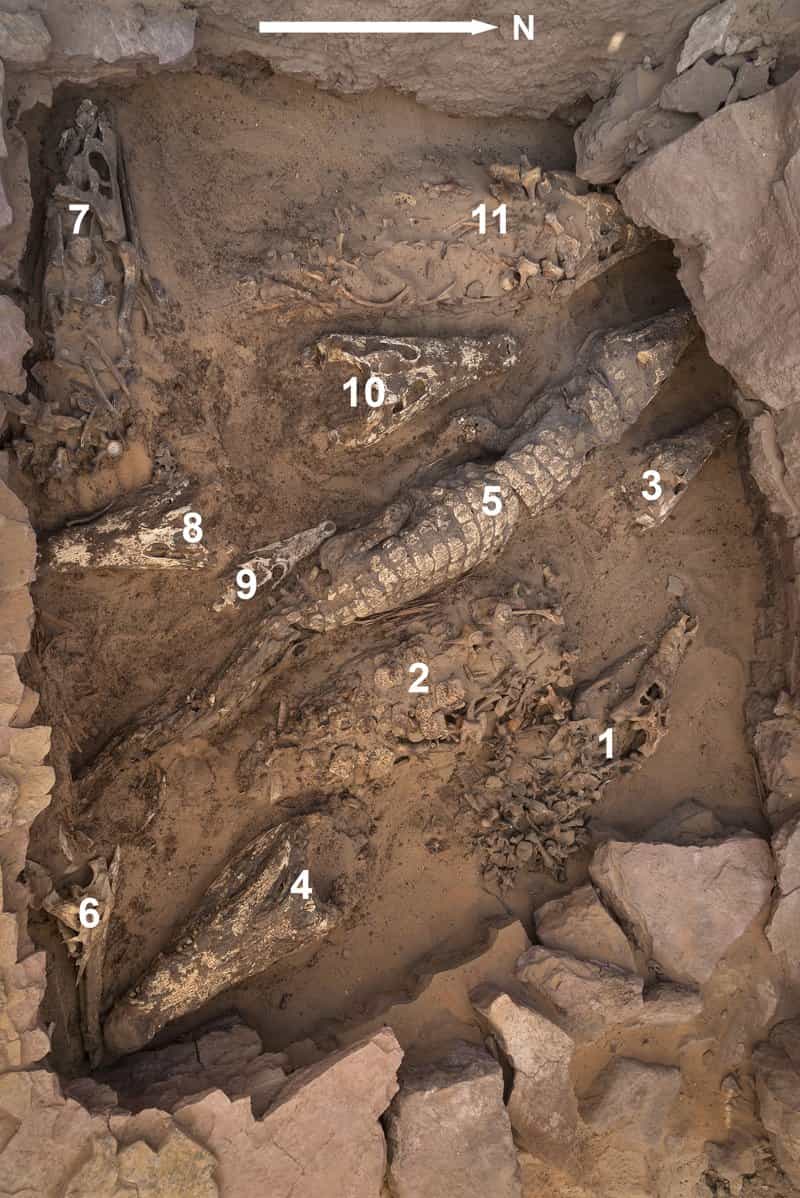
The Impact on Modern Science
The implications of this find extend beyond historical curiosity. By examining the crocodiles’ remains, scientists can gather data on the species’ evolution and the environmental conditions of ancient Egypt. It’s a striking example of how archaeological discoveries can influence multiple disciplines, from history to zoology to climate science.
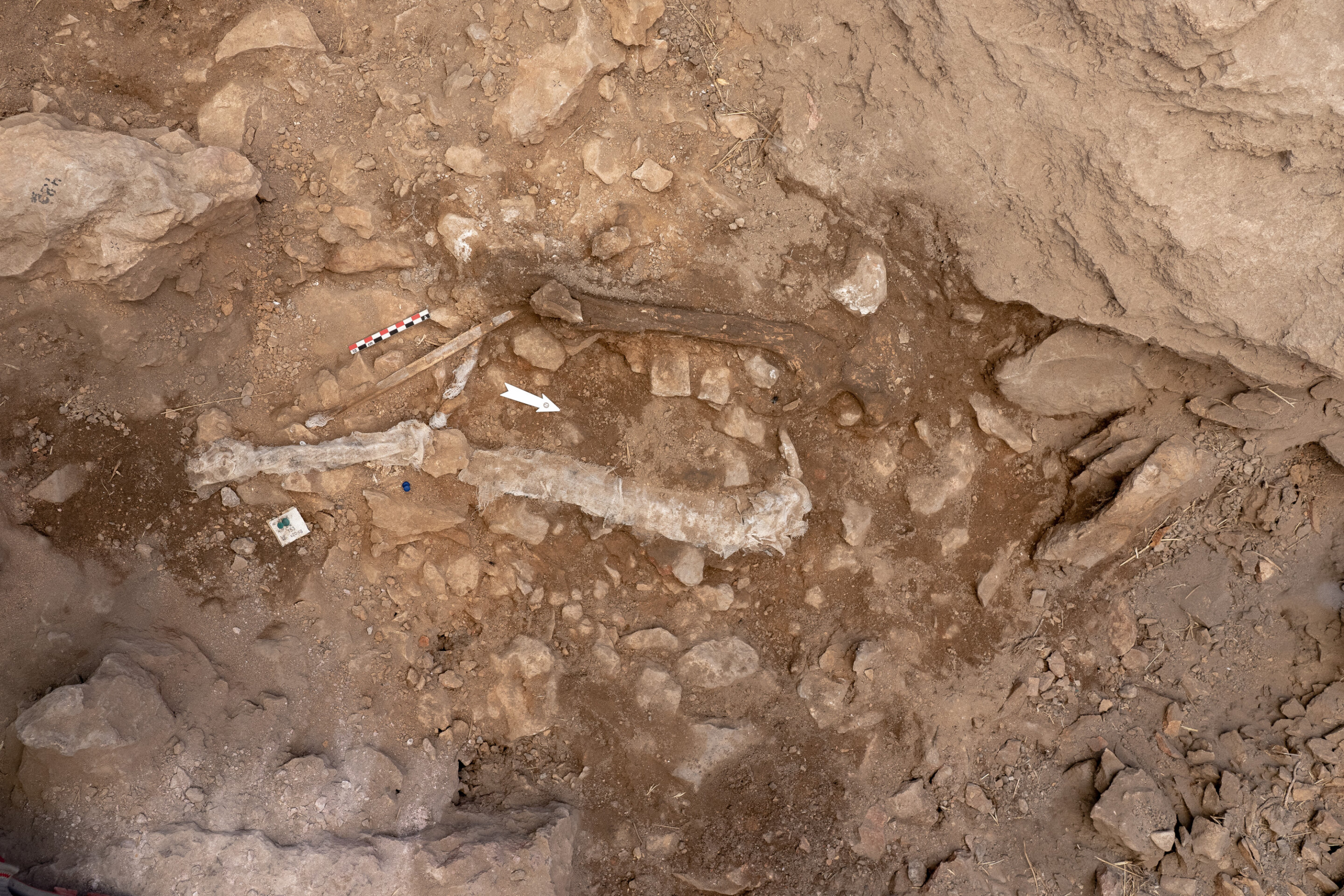
Conclusion
The intact tomb and its crocodilian contents in Qubbet el-Hawa stand as a remarkable chapter added to our history books. It reaffirms the prowess of the ancient Egyptians in mummification and their deep connection to the natural world. As the University of Jaén continues its work, we eagerly anticipate the next chapter of discoveries that will emerge from the sands of time.
